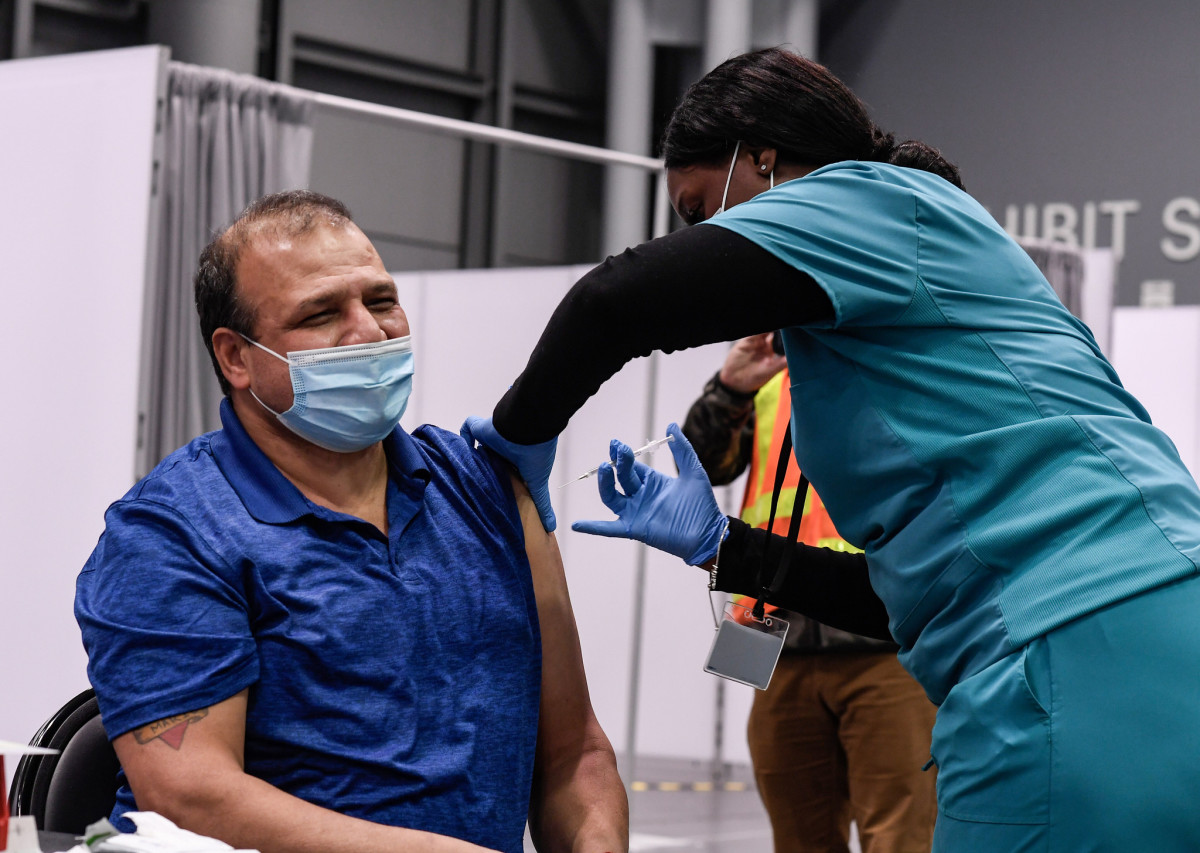
Sunday’s COVID update from the Minnesota Department of Health (MDH) includes 901 new cases and 10 new deaths.
The recently reported deaths bring the state’s total to 6,299 during the pandemic. Of those deaths, 63 percent (3,971) were long-term care residents, including 5 of 10 reported Sunday.
As of Feb. 5, the state reported that 554,102 people received at least one dose of Pfizer or Moderna vaccine, while 156,638 people completed both doses of the vaccine that are needed for the full effect of the vaccines.
MDH has a public dashboard to track the progress of the vaccine in Minnesota and you can view it here.
Two new variants of coronavirus have been confirmed in Minnesota, including what was the first known case of the Brazil P.1 variant in the United States. This case involves a Minnesota who recently traveled to Brazil. There are 8 confirmed cases of variant B.1.1.7. It is believed that both new strains are more transmissible.
Hospitalizations
Hospitalization numbers are not updated over the weekend.
Test rates and positivity
The 901 positive results in Sunday’s update come from a total of 27,922 completed tests, creating a daily test positivity rate of 3.22%.
According to Johns Hopkins University, the test positivity rate in Minnesota in the last seven days is 3.53%, making it one of the lowest rates in the country.
The World Health Organization recommends that a positive percentage rate (total positive divided by the total number of tests completed) of less than 5% for at least two weeks be needed to safely reopen the economy.
Coronavirus in Minnesota by numbers
- Total tests: 6,780,024 (increasing from 6,751,744)
- Tested persons: 3,314,427 (of the 3,305,989)
- People with at least 1 shot vaccine: 554,102 (of the 525,236)
- People with 2 vaccines: 156,638 (of the 147,321)
- Positive cases: 468,118 (increasing from 467,217)
- Deaths: 6,299 – 261 of which are “probable *” (increasing from 6,289)
- Patients who no longer need isolation: 453,225 (increasing from 452,183)
* Probable deaths are patients who died after a positive test using the COVID-19 antigen test, which is thought to be less accurate than the more common PCR test.
